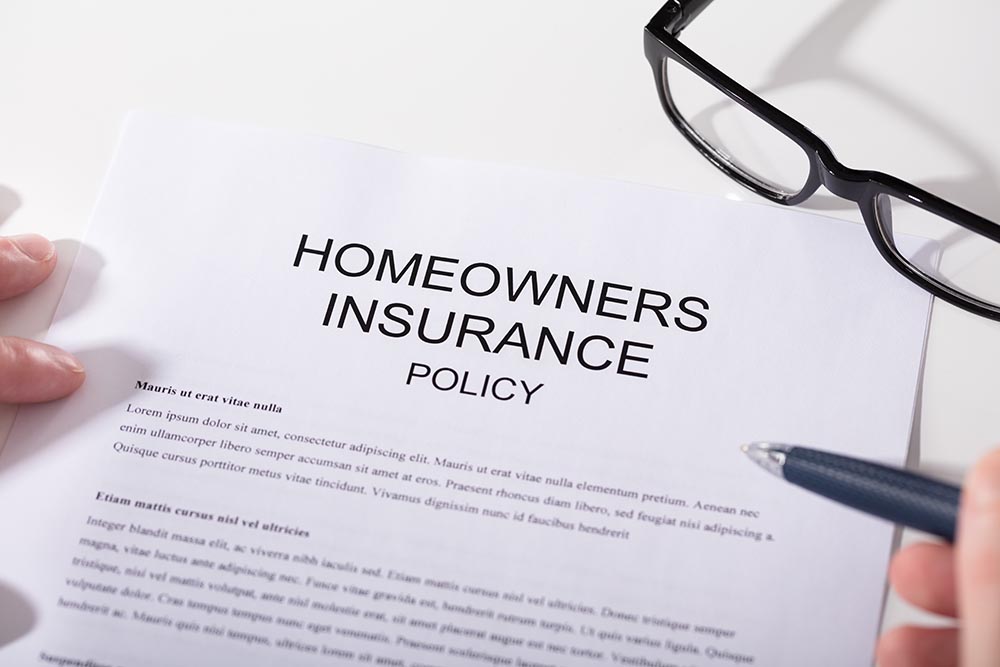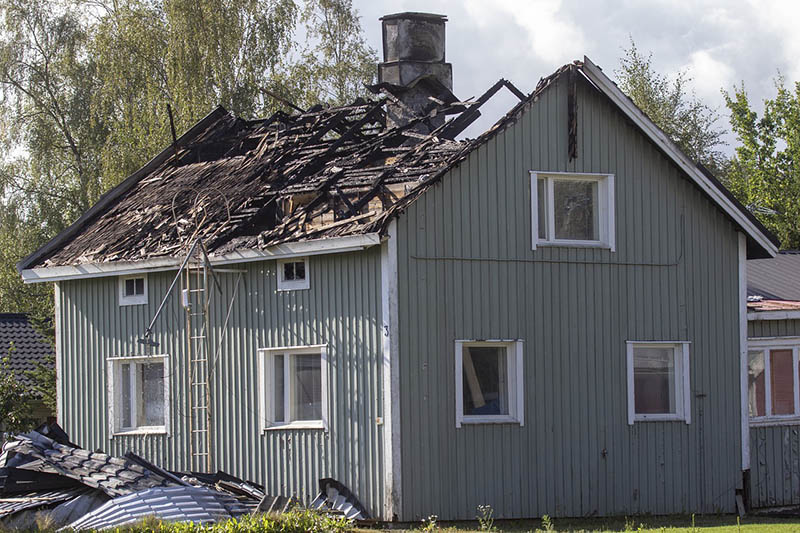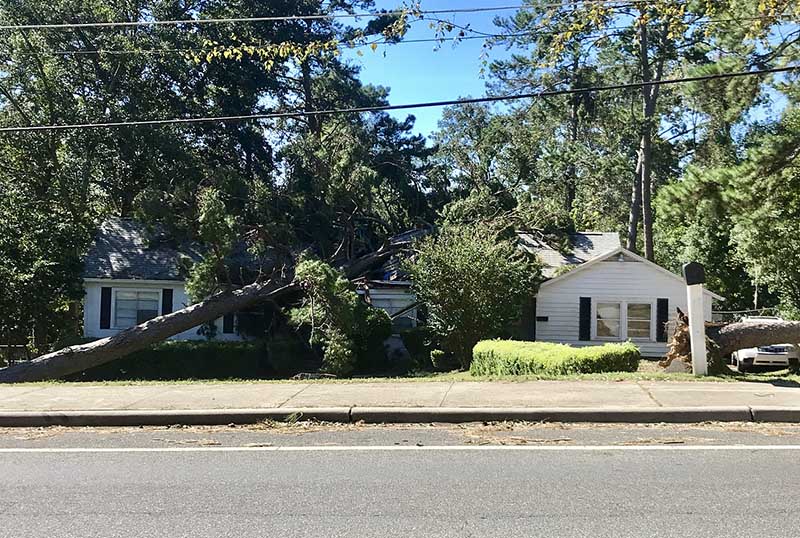Which Areas Are Not Covered by Most Homeowners Insurance? Facts & FAQs
-
Codee Chessher
- Last updated:

Homeowners insurance is a key ally against natural disasters, vandals, and other damage to your home. It’s not always the easiest to parse, though. For instance, what’s exempt from the policy? It’s vital that you know the exceptions to your policy so you’re not caught off guard after an emergency.
There are a few universal exceptions to homeowners insurance, but companies can make exceptions at a whim, so you need to read carefully. Below, we’ve listed the most common areas that homeowners insurance does not cover.
What Homeowners Insurance Doesn’t Cover:
- Damage caused by neglect
- Termites
- Rodent infestations
- Sinkhole damage
- Flood damage
- Earthquake damage
What Does Homeowners Insurance Cover?
Homeowners insurance typically covers a handful of key areas, but it can be tricky to know what qualifies and what doesn’t. Let’s check out precisely what homeowners insurance does cover so you won’t be surprised when you start shopping.

Your Home
It seems obvious, but homeowners insurance primarily exists to protect your home in the event of a catastrophe. Dwelling coverage, also known as Part A coverage, covers the major structural elements of your home from accidental damage from covered perils. These areas include your plumbing, electrical systems, and roof.
Part A coverage doesn’t extend to detached structures like sheds but should apply to decks, porches, and garages.
Other Structures
Sometimes called Part B coverage, Other Structures coverage covers detached sheds, workshops, garages, fences, and barns. If the structure is completely separated from your home, it’s likely considered an “other structure” under homeowners insurance.
Personal Property
Your house isn’t all that’s covered under homeowners insurance. Your personal property inside the house is covered too, provided you gave your insurance company an accurate and up-to-date inventory of your possessions. In your policy, this is typically called Part C coverage.
Liability Coverage
Liability coverage is baked into your homeowner’s insurance policy in case someone gets harmed by an accident at your home. Determining culpability is complex, but generally speaking, the policy will contain two different pieces of coverage.
One is a (usually uncapped) liability if you get sued after an accident, and the other is a capped amount for medical expenses where the hurt party doesn’t seek legal action.
Loss of Use
You may have wondered where you’re supposed to live when your house is being repaired after a covered peril. That’s where Loss-of-Use coverage, or Part D coverage, comes in.
Loss of use coverage means your insurance company will either pay for or compensate you for extra expenses while your home is under repair. This applies to hotels, extra food expenses, laundromat bills, and anything extra you spent while your house was uninhabitable.
What Is a Covered Peril?
Simply put, covered perils are damaging events that your insurance policy will cover. While every policy, company, and location may vary, there are a few standard covered perils that most companies will share. Let’s take a peek at those below.

Covered Perils typically include:
- Wind damage
- Lightning strikes
- Fires
- Pipes bursting from freezing temperatures
- Hail damage
- Vandalism
- Damage caused by snow or ice weight
- Damage from vehicles & aircraft
Perils might also vary if you have an open policy, which carries a higher premium than a strictly defined policy. Open perils are commonly defined by their exceptions rather than their coverage.
Standard homeowners policies outline your coverage, while open policies only define exceptions. As always, this varies based on the company, your home, and your location.
Do All Insurance Companies Have Similar Coverage?
Most insurance companies have the same standard coverage, but exceptions may vary wildly. In some locales, flood insurance may be packaged with homeowners policies because stats indicate you’re at greater risk of flooding.
The same goes for homes at risk of fires, hurricanes, and tornado damage. However, it’s always worth shopping around to see which companies offer the coverage you need at an affordable price.
What Are Replacement Value and Fair Cost?
Replacement value and fair cost are two of the ways insurance companies assess payment amounts when you make a claim. Generally speaking, replacement value is more desirable but will raise your premiums.
Replacement value means the insurance company will pay for a comparable new model of the item. An example would be your TV. If your 3-year-old TV breaks after a storm surge, replacement value would compensate you with a brand-new TV that has similar dimensions. Replacement value coverage is the gold standard if you have a lot of older items that you still treasure.
Fair cost means they will only pay for its original value. For items that are several years old, fair cost coverage will only pay a fraction of their actual value. However, it can be great if you don’t have many older items to insure if their value isn’t affected by age, or if the item appreciates. Fair cost coverage also tends to lower your premiums, so it’s a win-win!
Conclusion
Homeowners insurance isn’t the most fun thing in the world, but it’s certainly useful. The bad news is that it doesn’t cover everything. Earthquakes, flood damage, infestations, and damage caused by neglect are the main exceptions in most policies, but companies are free to name more exceptions. Always read the fine print before committing to a prospective policy!
Featured Image Credit: Andrey_Popov, Shutterstock
Contents
